Too young, stylish, smart? First lady Jackie Kennedy was what we needed when JFK was killed.
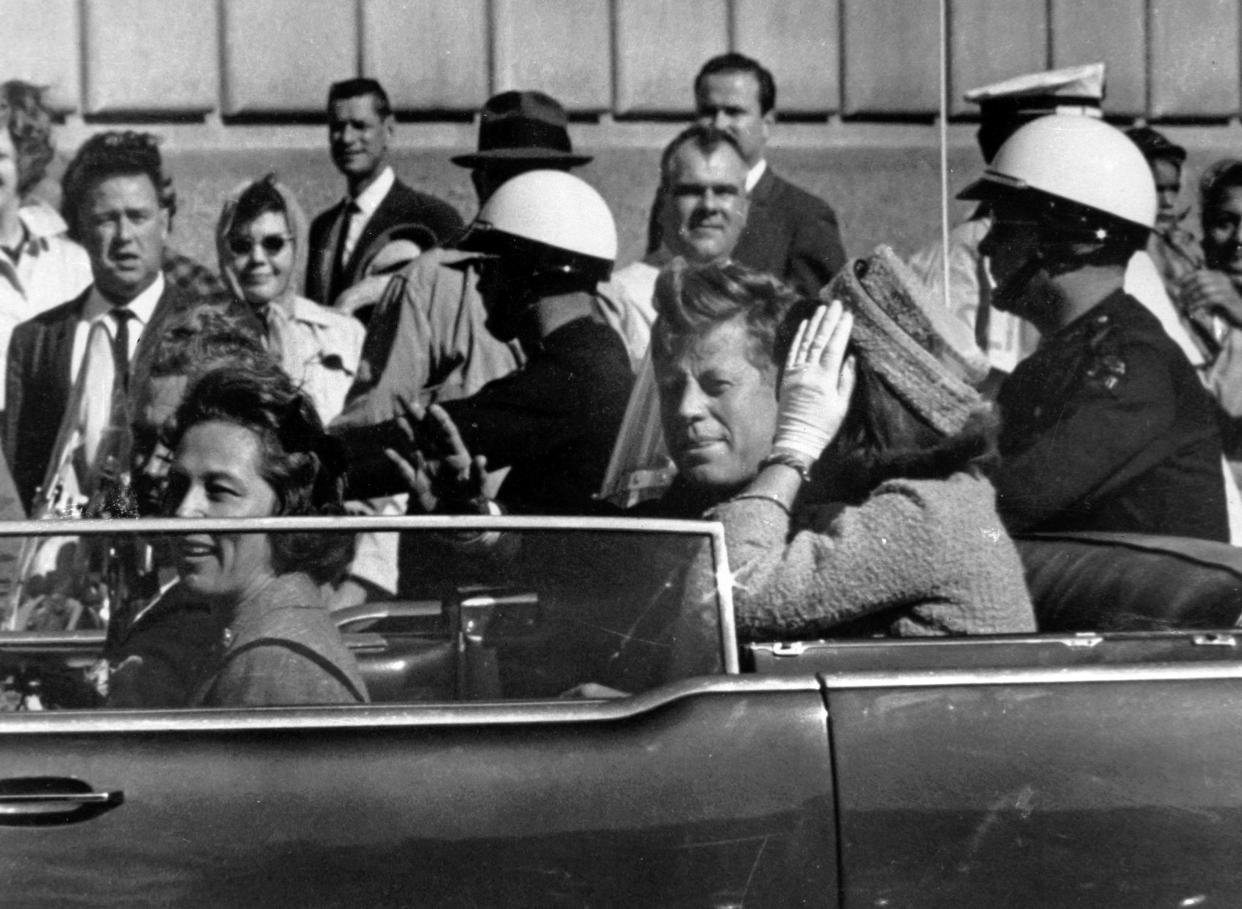
Karen Dunak is professor and Arthur G. and Eloise Barnes Cole Chair of American History at Muskingum University in New Concord.
Brutality and violence marked John F. Kennedy’s assassination in November 1963. But because of the actions of first lady Jacqueline Kennedy, his death is marked also by images of grace, service, and the symbolic power of collective grief.
During the 1960 campaign, voters eyed Jacqueline Kennedy warily.
Was she too young?
Too fashionable?
Too intellectual?
After John Kennedy secured the presidency, none of that mattered. She was first lady, and so the first lady was young, fashionable, intellectual.
That settled that. All these seeming liabilities, she recalled to Arthur Schlesinger in 1964, “suddenly became wonderful.”
JFK assassination: Newspapers tell stories of sadness, confusion after Kennedy's assassination
As first lady (a title she hated), Jacqueline Kennedy triumphed, both at home and abroad. With her husband, she embodied the best of his New Frontier – American culture, modernity, and excellence – and became an aspirational figure for women, foreign and domestic.
Never was her modeling of behavior clearer or more clearly celebrated than in the aftermath of her husband’s brutal assassination. In the hours and days following John Kennedy’s death, she served the nation and its citizens in a manner few could have imagined, with no directives or instructions to guide her, with no requirement that she do anything for the nation at all.
The staggering loss and a path forward
She was so young – 34 years old on November 22, 1963.
Still recovering, certainly, from the death of a newborn son on August 9, 1963. Still adjusting, probably at least a little bit, to the non-office she’d occupied for just over 1,000 days. Planning, on November 22, to return, soon, to Washington, DC, and host two children’s birthday parties, one for a son turning three and another for a daughter turning six. Expecting to embark, the following year, on a re-election campaign.
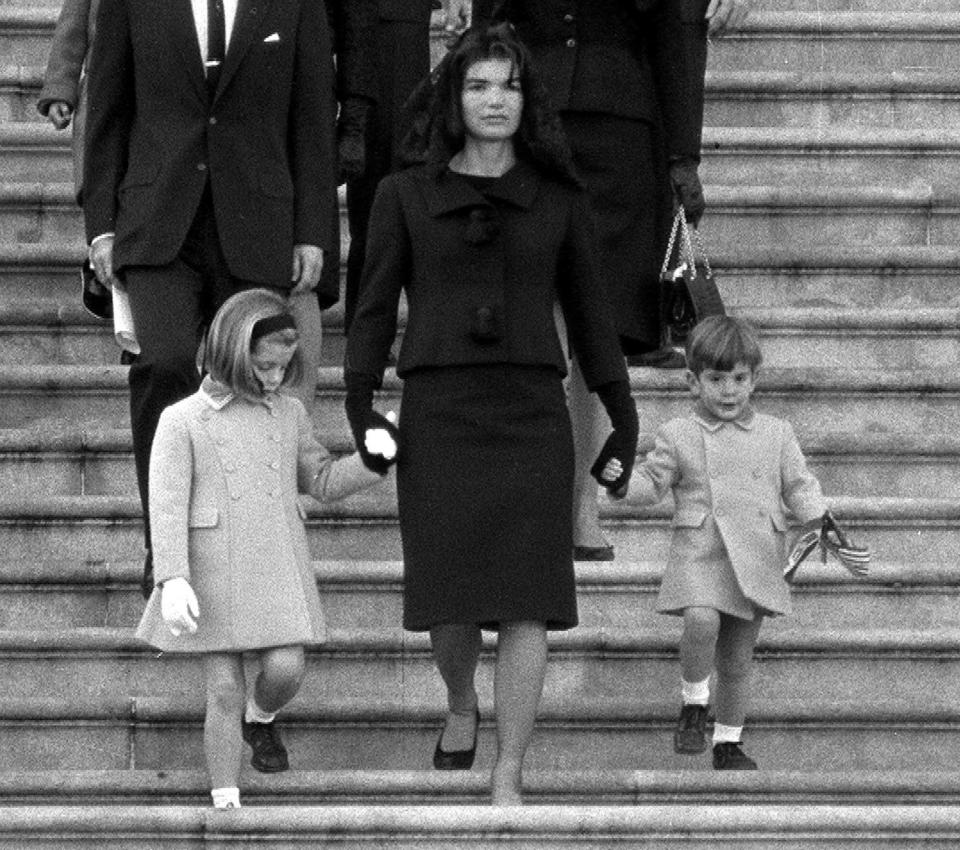
Instead, the worst thing a person might imagine. With an entire world watching. With a future in which that worst possible moment would be rehashed and reproduced for the rest of time. And she would have to go on living, and not just eventually, but immediately.
It was a stunning thing for a person who experienced what Jacqueline Kennedy experienced on November 22, 1963 to orchestrate the pageantry of November 23, 24, and 25.
For her to plan and then perform as she did, serving, in tremendous fashion, her husband and the office he had held, her children and the larger family to which they belonged, and a nation struggling to comprehend both a staggering loss and a path forward. She was no longer first lady, and even if she had been, there was no obligation to choreograph the scenes she did. Her service was not an obligation, but rather a gift.
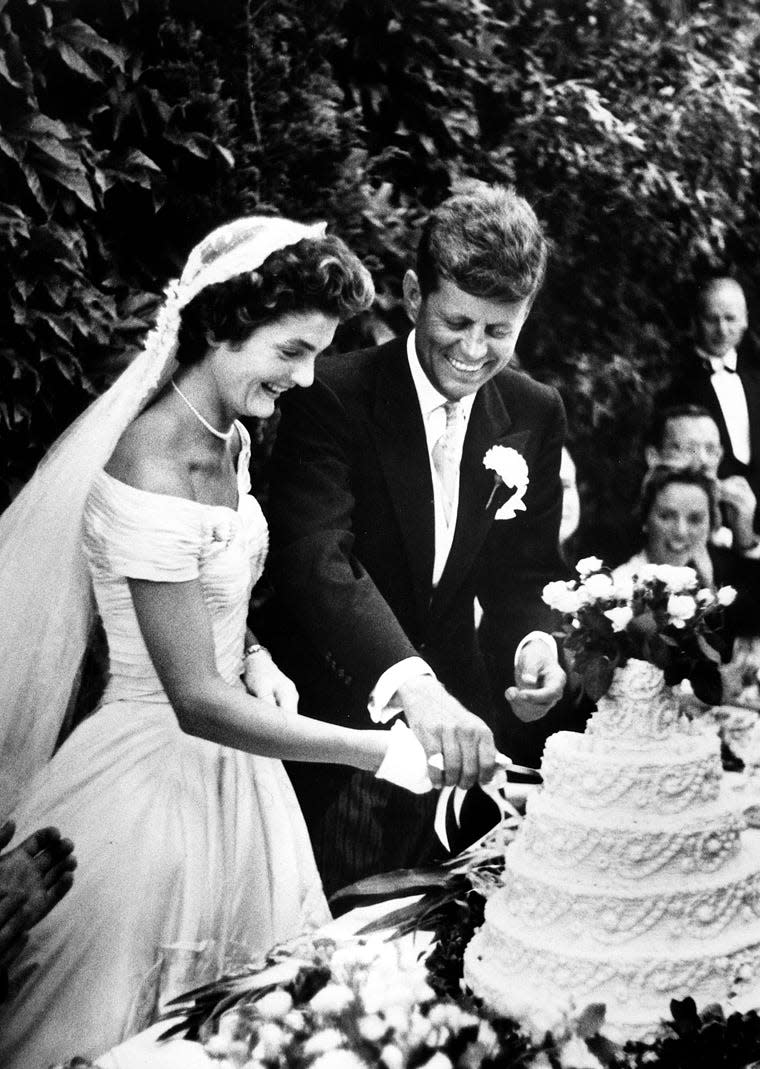
Images from November 22 and then the days that followed are burned on the consciousness of those who were alive then, and those of us born long after 1963.
Without Jacqueline Kennedy, it might well be that the images would have been those of a man being killed, violently, publicly, the frames of the Zapruder film our primary reference.
By her nation's side
But with Jacqueline Kennedy, we have the image of Lyndon Johnson, being sworn in on Air Force One, Mrs. Kennedy by his side; of a flag-draped coffin in a silent and crowded Capitol Rotunda; of a funeral procession in which Mrs. Kennedy walks the streets of Washington, DC, accompanied by national and world leaders behind a horse transporting her slain husband’s body, flanked by a mourning public; of John Kennedy, Jr., offering his miniature salute; and of an Eternal Flame, burning distinctly in a cemetery of fallen heroes.
As the U.S. Congress paid tribute to John Kennedy, representatives, one after another, acknowledged what Jacqueline Kennedy had given the nation.
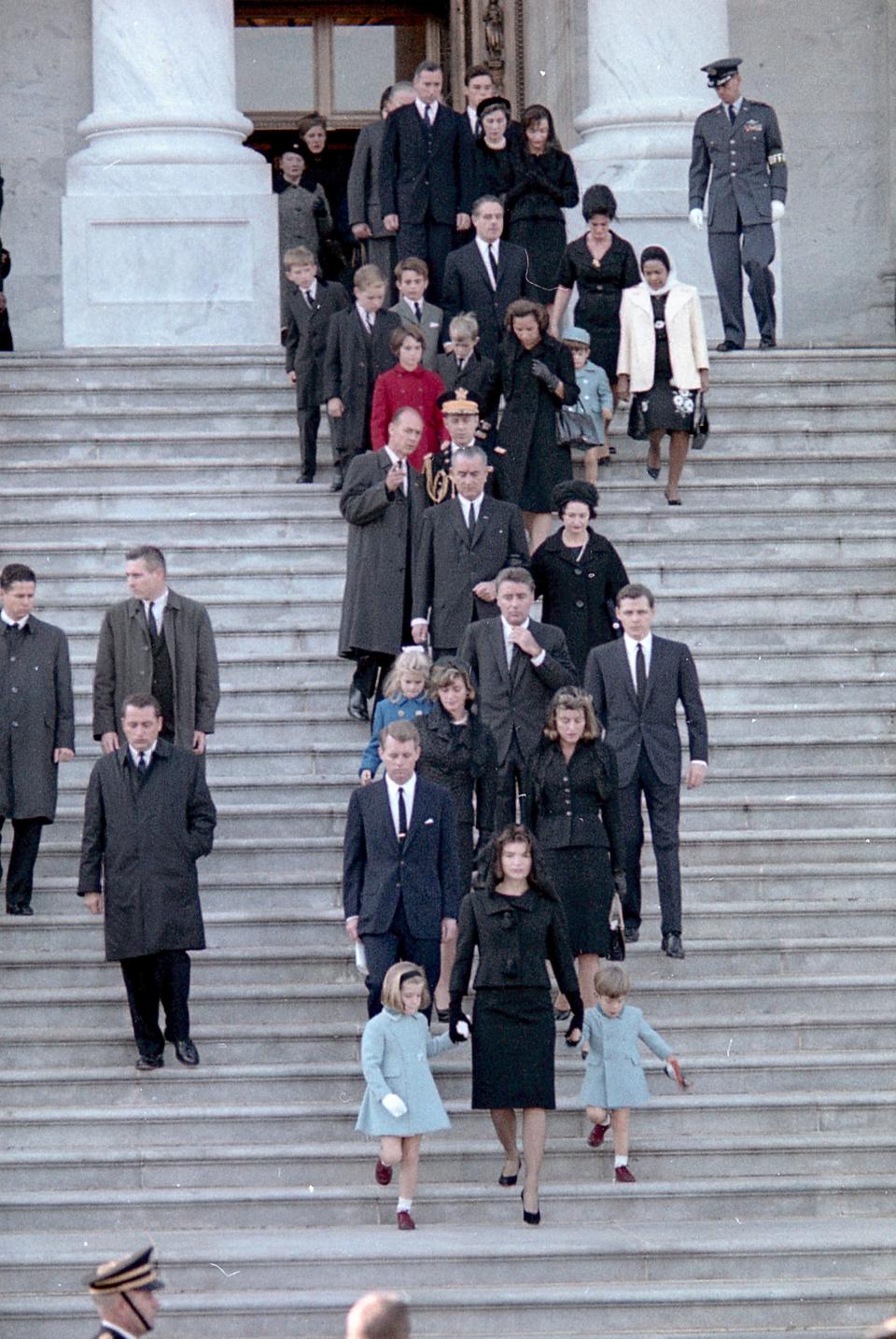
Rep. Edith Green of Oregon said, “It was as if collectively the Nation mourned in company with Jacqueline Kennedy. At a moment when this Nation desperately needed a proud and beautiful act, the Nation found it in [her] deportment.”
Making reference to John Kennedy’s Pulitzer Prize-winning text, Green continued, “Certainly, she showed her profile in courage.”
Words like courage, dignity, and honor marked the language of those honoring Mrs. Kennedy, in Congress and across the country, as evidenced by the materials representatives submitted from their home communities.
Her actions went beyond tribute to her husband, as Rep. Joseph E. Karth of Minnesota asserted, “The majesty of her presence turned a Nation transfixed by the awful horror at Dallas to what in effect became a reconsecration of our democratic institutions.”
“How many of us,” asked Rep. John Moss of California, “with our small part of the burden could have conducted ourselves with the grace, the courage, and the majesty of Jacqueline Kennedy?” “No one,” he said, “could have done it better.”
Someone else might not have done it at all.
On this 60th anniversary of John Kennedy’s assassination, the images and memories and overarching narrative of that assassination could well have been a very different set of images, memories, and narrative. John Kennedy’s death is marked by horror, certainly.
But because of the young woman who had been his wife, in its aftermath, it was and is marked also by grace.
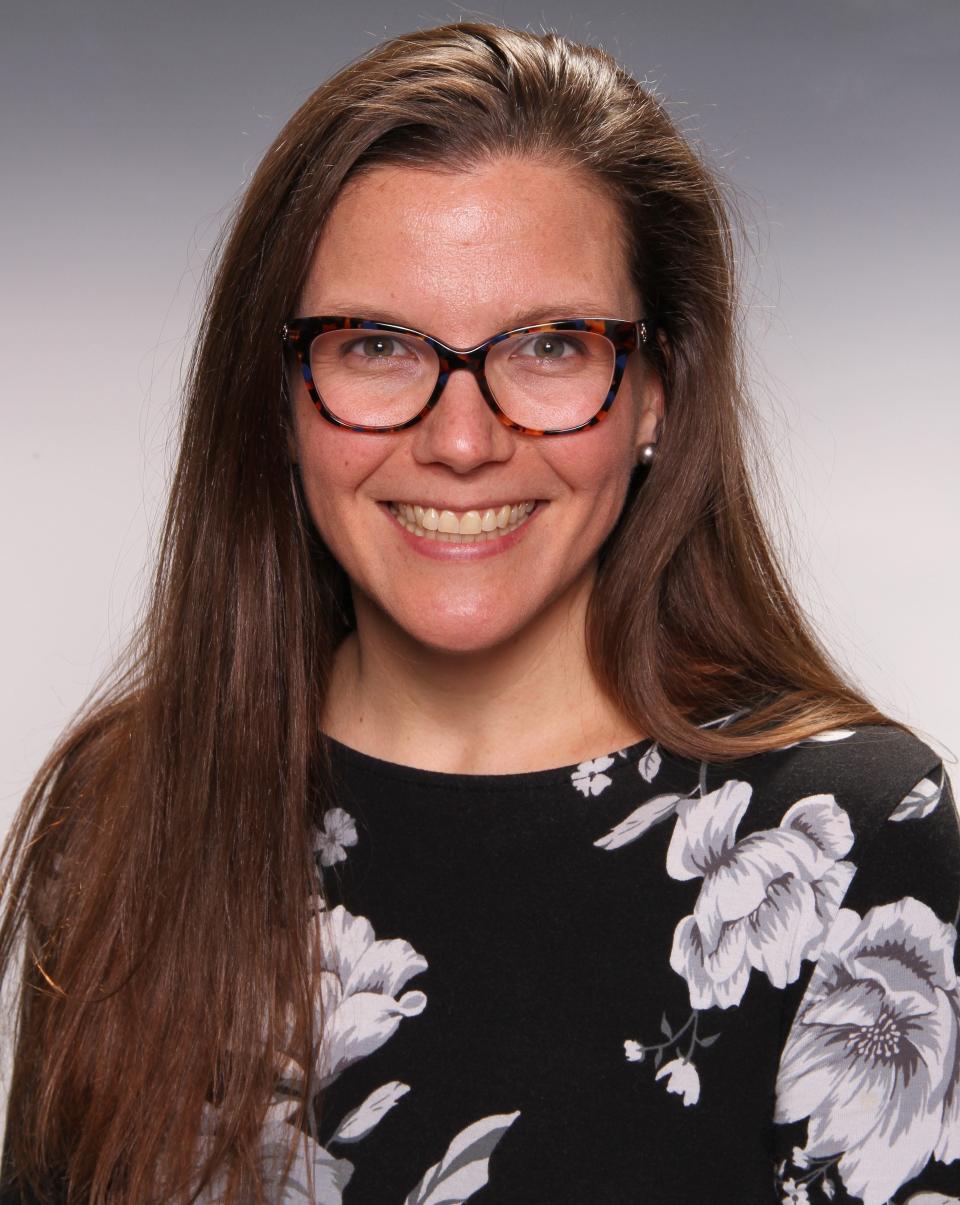
Karen Dunak is professor and Arthur G. and Eloise Barnes Cole Chair of American History at Muskingum University in New Concord. Her book about media coverage of Jacqueline Kennedy Onassis’s public life is forthcoming from New York University Press.
This article originally appeared on The Columbus Dispatch: How Jackie Kennedy helped America move forward after JFK assassination


